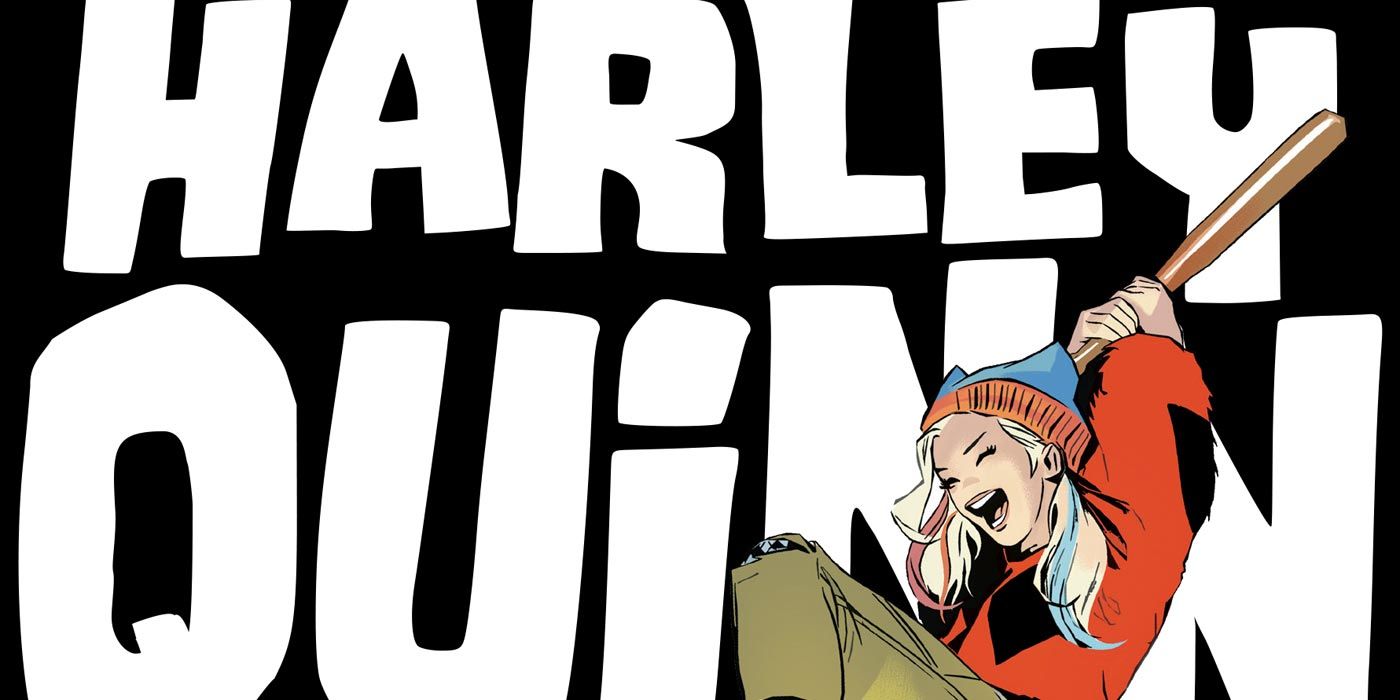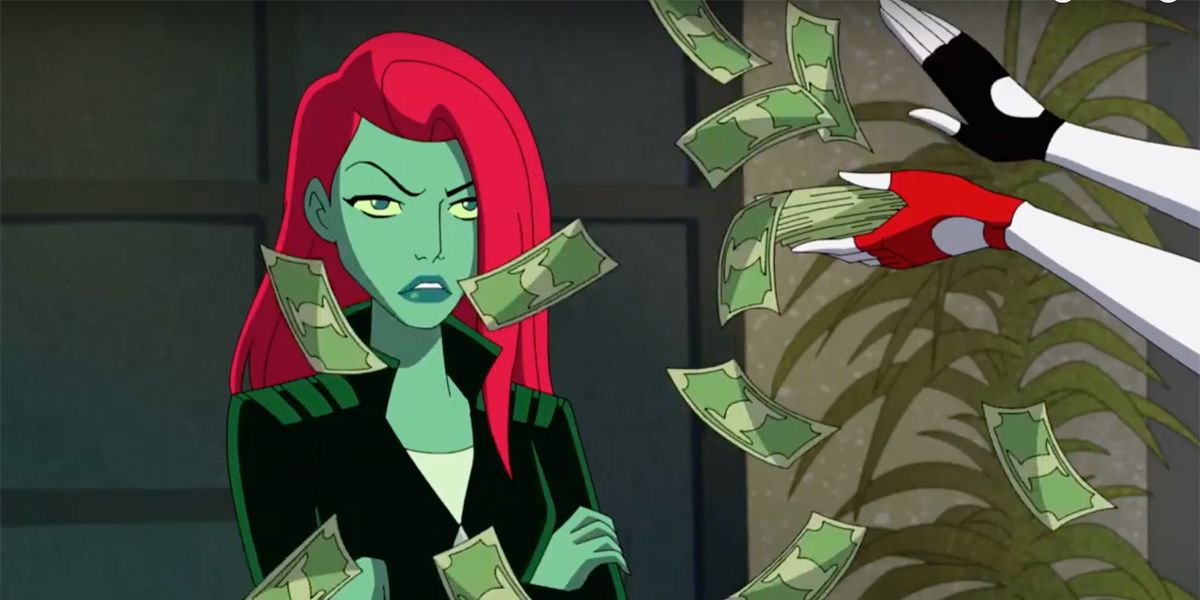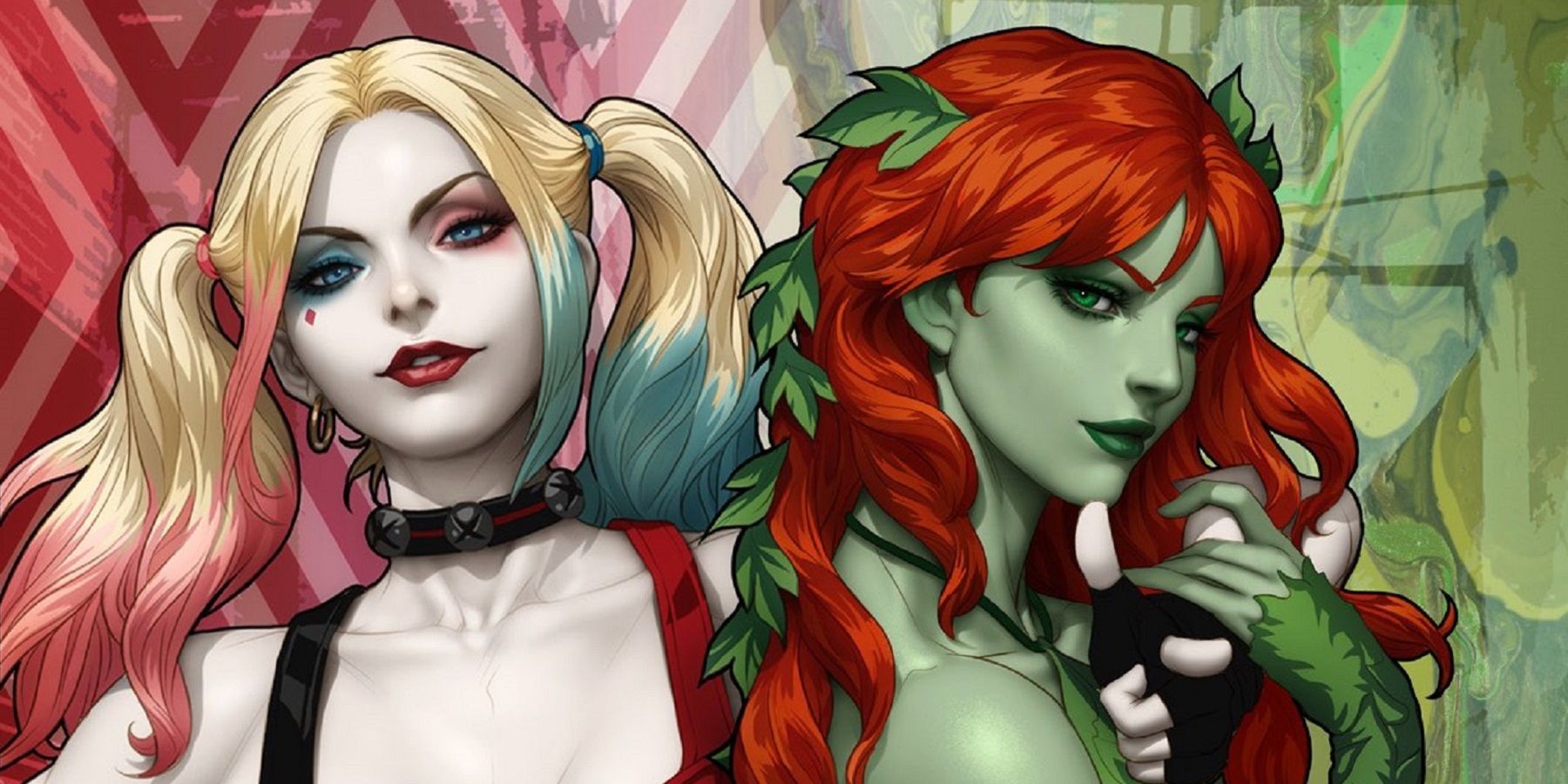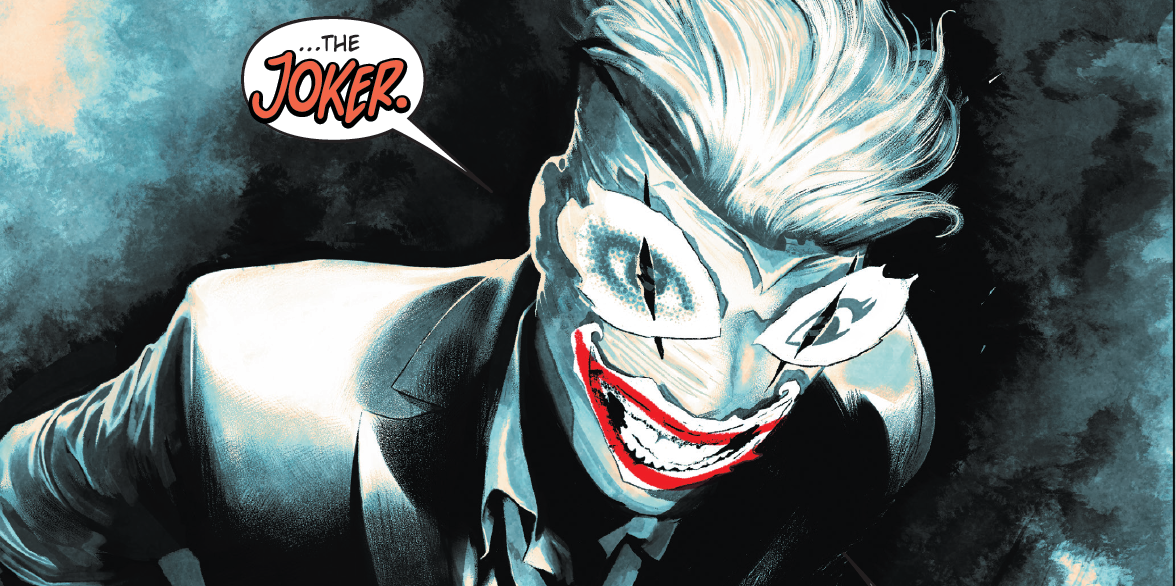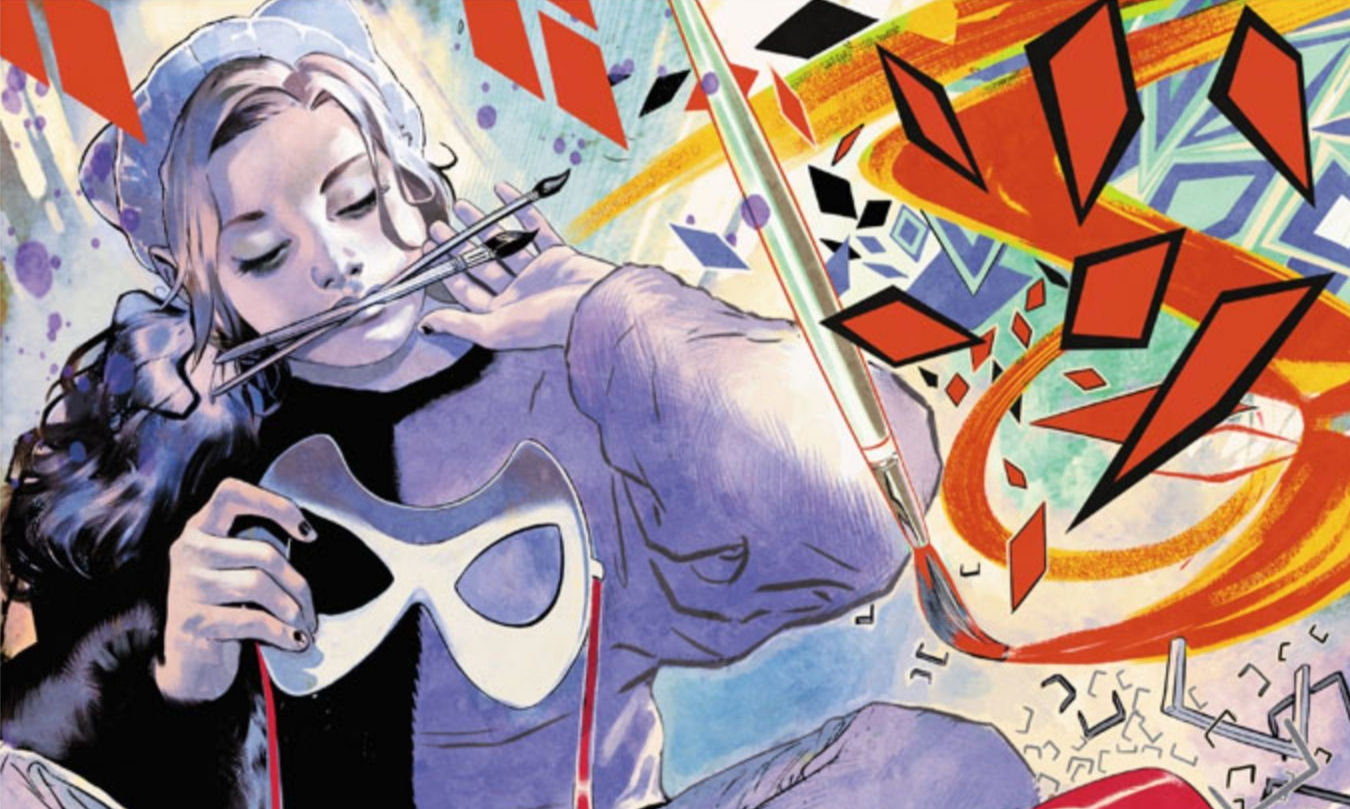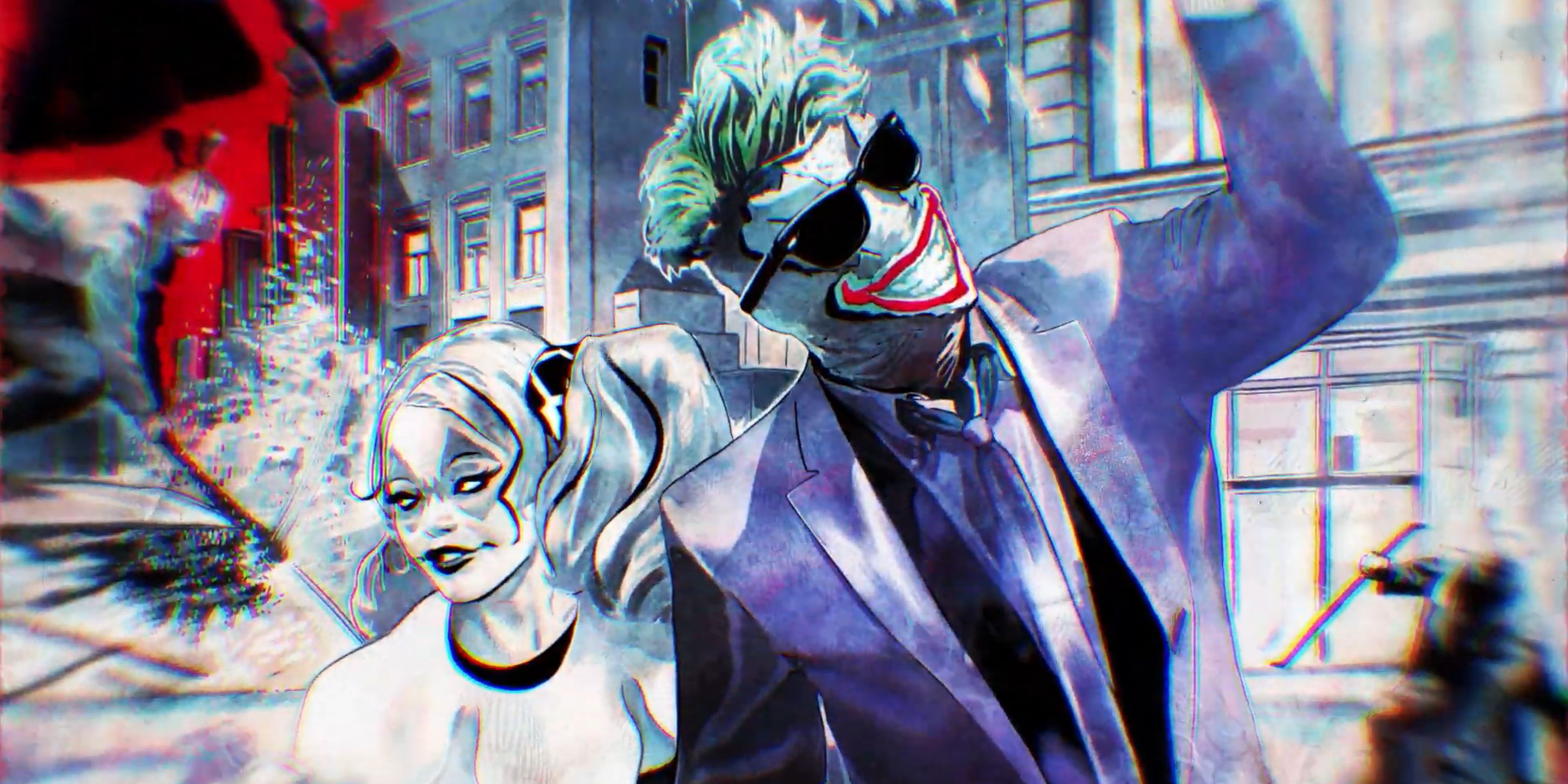Harley Quinn: Breaking Glass reimagines fan-favorite Batman villain, Harley Quinn, as a high school-age girl. Here, she lives in a poor neighborhood in Gotham with a found queer family, surrounded by clowns, crime and class warfare. She also meets a friend who is remarkably similar to a certain, iconic supervillain: Poison Ivy.
Except this interpretation of Ivy isn't Pamela Isley, wanted eco-terrorist, but rather Ivy Du-Barry, teenage social justice warrior. So while this isn't exactly the Poison Ivy you might've expected, this high school adaptation of Ivy is absolutely a fascinating portrayal of what the character could be like as a girl growing up in the real world now.
True to form, however, it also tells the tale of how she and Harleen set out to overthrow the established order.
RELATED: Mariko Tamaki & Steve Pugh Send Harley Quinn to School in Breaking Glass
(A LITERAL) SOCIAL JUSTICE WARRIOR
In Breaking Glass, Ivy is a woman of color, and the daughter of two social activists opposing the rising Kane family and their Millennium Enterprises, which is buying out tons of Gotham City to "modernize" it. (Read: gentrify it.)
Naturally, she has a close connection to plants. Her family started a community garden that the community around her helps nurture. She values people more than plants, as the narration explains: "Ivy told Harleen once that plants were better than people because they mostly only ever took what they needed."
Ivy is a vegan, a civil right's advocate, and a strong proponent of women's rights and contributions to the arts (rightfully acknowledging The Babadook as a superb film directed by a talented female director).
While Harleen initially is drawn to her by her generosity and good spirit, Ivy is at first a little thrown off by her. Soon, however, they grow closer.
In fact, the two grow very close very quickly. There is possible queer-subtext to their relationship, but at no point does the comic ever explore either characters' canonical same-sex relationship from the man DC Universe.
THE YIN/YANG DYNAMIC
When Ivy is disturbed by the fairly sexist film club at their school, the two run a counter-protest to the club while garbed in harlequin outfits. Harley supports Ivy in her pursuits for equality, but Ivy doesn't cross that line.
Later in the comic, Harleen learns the home of her found family is being bought out by Kane, who first raises the rent before condemning the whole place. To raise money to keep their homes, Harleen helps her "Ma" and his friends with their harlequin disco drag shows. However, during a performance, someone from Millennium Industries smashes a window, which leads Harleen to smash up a Kane coffee shop.
She later recounts the story to Ivy, who tries to pull her back to reality. She reminds Harleen that vandalism of any kind is still a crime, despite any moral justification.
IVY VS. JOKER
This plot thread is countered by the growing influence of the Joker, an anarchist who saves Harleen following her coffee-shop vandalism spin.
The dynamic between Ivy and Joker runs parallel to the traditional one between Ivy and the Joker: Both pull Harley in different directions, with one offering a more moralistic path than the other. That isn't to say Ivy believes in following the rules. Just lawful protest, which escalates into louder, more overt protest over the course of the narrative.
However, when Ivy's garden is condemned by Millennium Industries -- who has already condemned Harleen's home -- Ivy mourns the loss of what, to her, is the one pure thing she holds onto. Harleen vows to save Ivy's garden, which leads to, naturally, more crime and mayhem.
A VICTIM OF RACISM
One interesting aspect to the whole comic is the division of class, race and sexuality, and how those in power tend to oppress those beneath them. Ivy is very vocal about the division, even criticizing Harleen for her failure to act enough.
In one scene, Harleen and Ivy are sent to the principal, where the principal speaks to Ivy in a derogatory manner. He refers to everyone by their last name, save for Ivy. Ivy, very rationally, feels like this is a racist micro-aggression, since the only real difference between herself and the others is the color of her skin.
She criticizes Harleen for not standing up for her, though Harleen really didn't understand what had been going on. This aspect of privilege is very apparent in the comic, since Harleen is surrounded by underprivileged people being damaged by an oppressive, white, hetero-normative society.
IVY SAVES HARLEY FROM TOXIC MASCULINITY
This incident, combined with everything else going wrong with her life, leaves Harleen without direction. The Joker exploits this, using Harleen -- now Harley -- as a tool to enact his violent, destructive goals.
In the end, Ivy remains the positive tether to hold Harley back from being a villain, creating an anarchistic force of good -- much like the Poison Ivy of the modern DC Comics world.
Ultimately, those core character elements, despite all other alterations, needs to remain consistent to create an identifiable character.

